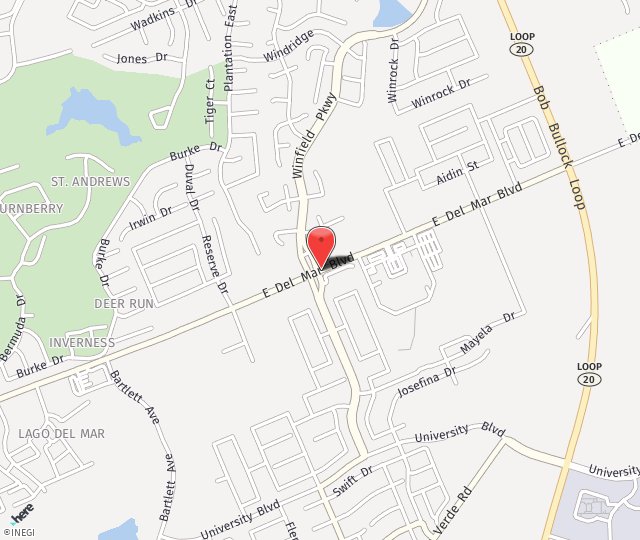Mohs Surgery
Mohs micrographic surgery is a safe and effective treatment for skin cancer. During Mohs surgery, cancerous tissue is removed in small sections. While the patient waits, a pathologist examines each tissue specimen for malignant cells. If malignant cells are found, more tissue is removed until the cancer is eradicated. This comprehensive microscopic examination helps to target only cancerous tissue, significantly reducing damage to healthy surrounding tissue. Developed by Frederic E. Mohs, M.D., in the 1930s, Mohs surgery excises not only the visible tumor, but any “roots” extending beneath the surface of the skin. Five-year cure rates of up to 99 percent for first-time cancers and 95 percent for recurring cancers have been documented.
Mohs surgery is primarily used to treat basal and squamous cell carcinomas, the two most common types of skin cancer, although it can be used for melanoma and other types of cancer. Mohs surgery is often recommended for recurring cancers, as well as those in difficult-to-treat areas, such as the nose, eyelids, lips, hairline, hands, feet and genitals, in which preserving as much tissue as possible is extremely important.
The Mohs Surgery Procedure
Mohs surgery is performed as an outpatient procedure in a physician’s office. It may be performed by a team of highly trained specialists, each member of which specializes in a different part of the surgery, or by one experienced surgeon capable of performing the entire procedure. During Mohs surgery, the treatment area is numbed with a local anesthetic. Small layers of skin are removed, and each layer is examined microscopically to see if it contains malignant cells. Excision continues until the cancer is completely removed. Most Mohs procedures can be performed in three or fewer stages, and take approximately 4 hours.
Recovery From Mohs Surgery
After Mohs surgery, patients experience mild discomfort, bleeding, bruising and swelling. Pain medication is prescribed if needed, although most patients require only over-the-counter medication.
Mohs surgery leaves scars, although they are often smaller than those from other excision procedures. Reconstructive procedures, including skin flaps and skin grafts, can reduce the prominence of, or even eliminate, scars; they can be performed at the same time as the Mohs surgery or at a later date. If possible, surgical techniques, including placing stitches in the skin’s natural creases or out-of-sight areas, are used to make scarring less visible.
Risks Of Mohs Surgery
In addition to the risks associated with any surgery, those related to Mohs surgery include the following:
- Temporary/permanent surgical-area numbness
- Temporary/permanent surgical-area weakness
- Skin discoloration
- Itching
- Shooting pain
- Keloid scar
Following Mohs surgery, regular doctor visits to check that the cancer has not recurred or that a new cancer has grown are recommended.



